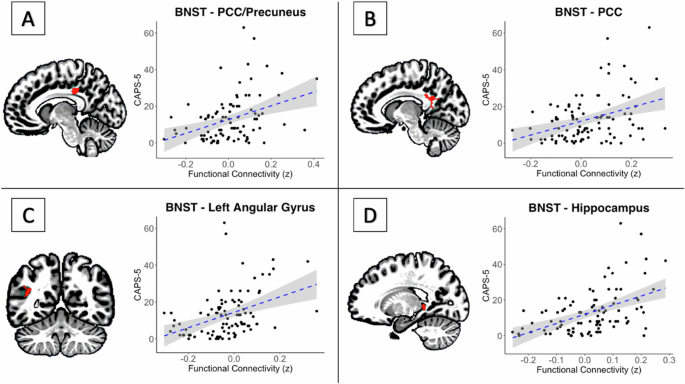- Select a language for the TTS:
- UK English Female
- UK English Male
- US English Female
- US English Male
- Australian Female
- Australian Male
- Language selected: (auto detect) - EN
Play all audios:
The Department for Work and Pensions (DWP) and the Financial Conduct Authority (FCA) are set to re-evaluate the proposed traffic light system for pensions, a move that could see significant
changes to how workplace pension schemes are rated for their value for money. Citywire New Model Adviser reports that the DWP is considering an overhaul of the traffic light system, which is
a key component of their framework for assessing the value of workplace pension schemes. Under the proposed changes, each scheme would be assigned a red, amber, or green rating based on
various metrics. Schemes with a red or amber rating could face restrictions, such as being barred from taking on new corporate pension business. Jon Greer, head of retirement policy at
Quilter, expressed his views to NMA: "One part of me isn't surprised that they are nuancing this because it has taken quite a while for us to get where we are. Universally, there
was concern around the red, amber, green rating [system], so I am glad." However, a DWP spokesperson maintained a tight-lipped stance to NMA, stating: "We do not comment on
speculation." Labour, when announcing the changes, emphasised that value for money extends beyond mere charges, arguing that the cheapest schemes aren't always synonymous with the
best long-term pensions, reports Birmingham Live. Labour's approach suggests a focus on value over costs, allowing providers the flexibility to invest in assets like infrastructure or
venture capital, which may offer higher long-term returns despite increased management fees. Pensions Minister Emma Reynolds remarked, "Last year, over £130bn was saved into workplace
pension schemes – money which we want to see working hard for future pensioners to give them better retirement incomes." She followed up with, "Our Pension Bill and Pensions Review
will make pensions fit for the future, and having an effective Value for Money framework will lay the foundations for this." The commentary comes in the context of approximately 16
million workers contributing to their future through defined contribution pension schemes, where their eventual income is influenced by various aspects such as fund performance and
associated charges.






